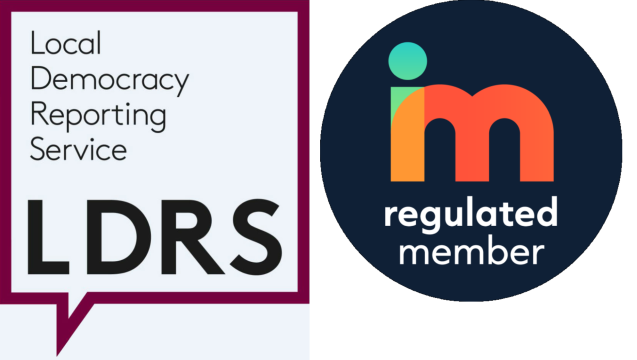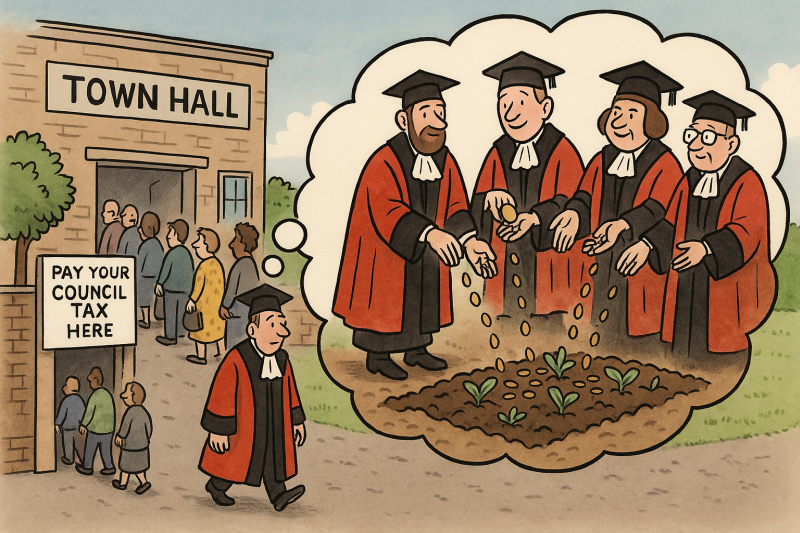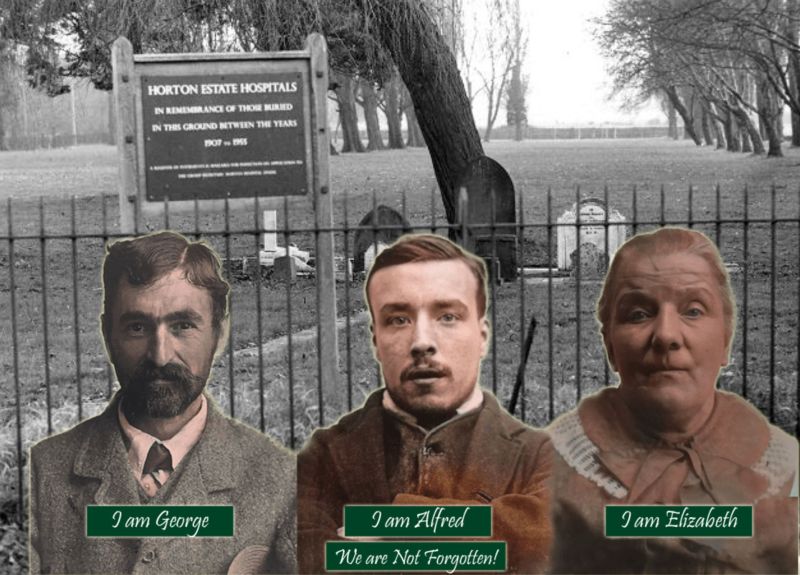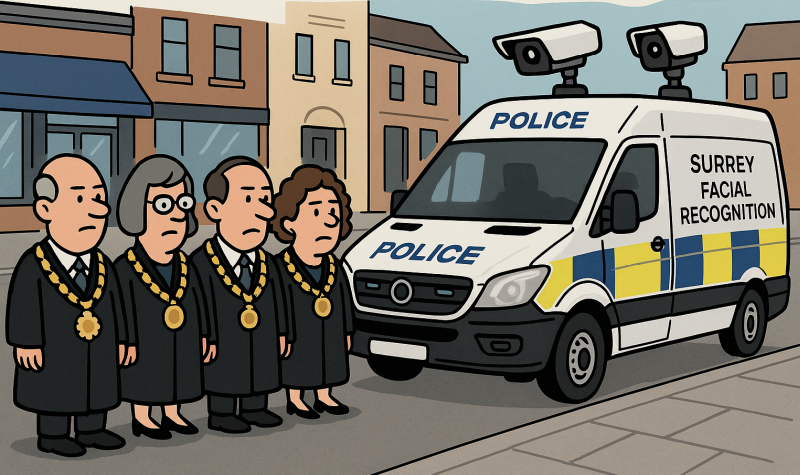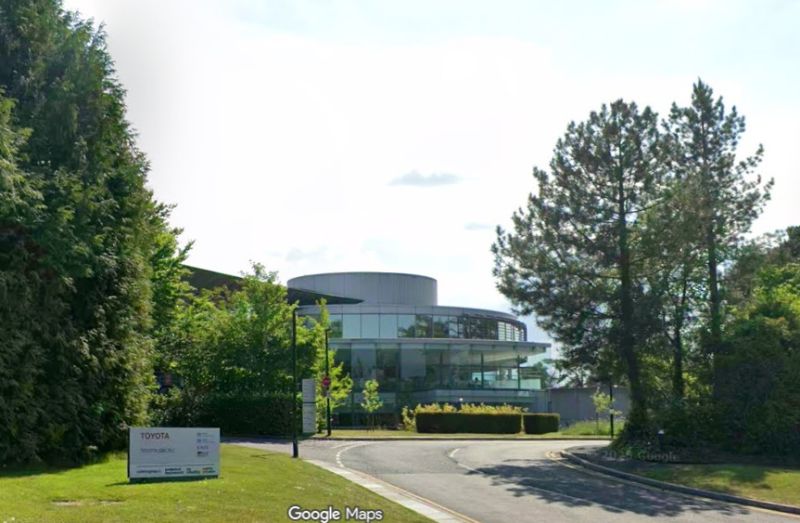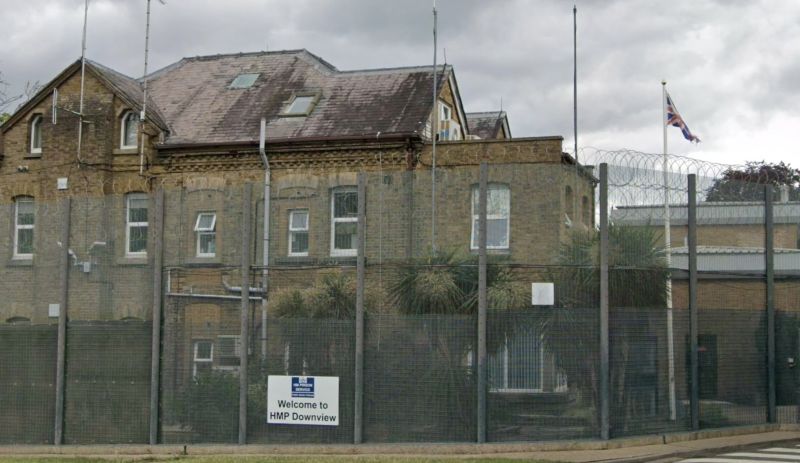Epsom and Ewell Brace for Government Housing Targets
In a significant policy shift, the newly elected Labour government has reintroduced mandatory housing targets, a move that is set to have far-reaching implications for communities across the UK, including Epsom and Ewell. The ambitious plan aims to deliver 1.5 million new homes over the next five years, following the scrapping of such targets by the previous Conservative government. This sweeping reform has sparked debate over its potential impact on local areas, particularly in relation to the use of green belt land.
Among the key changes introduced by the Labour government is the reinstatement of mandatory housing targets for local councils, which must now be met based on a recalculated assessment of local housing needs and affordability. This approach differs from previous national metrics, focusing on areas where housing is less affordable relative to income. Consequently, regions like Epsom and Ewell, where property prices are high, may face increased pressure to deliver more housing.
Another controversial aspect of the policy is the introduction of the so-called “grey belt” land. This term refers to lower-quality land within the green belt that could be considered for development, in an effort to balance the need for new homes with the preservation of high-quality green spaces. Furthermore, the government has mandated that at least 50% of the homes built on grey belt land must be affordable, with a strong focus on social rent, addressing the UK’s chronic shortage of affordable housing.
For Epsom and Ewell, traditionally resistant to large-scale development, particularly within the green belt, these changes could mark a significant shift. The new mandatory targets might require the local council to approve more housing projects than previously anticipated, including the controversial use of grey belt land. This could lead to tensions with residents keen to maintain the area’s character, but it also presents an opportunity to address the local housing shortage, especially in terms of affordable homes.
The exact impact on Epsom and Ewell will depend on the specific targets assigned to the area and the availability and suitability of grey belt land for development. Local planning authorities with existing Local Plans may now be required to revise these plans to align with the new government mandates.
Tim Murphy of the local Council for the Protection of Rural England expressed his concerns, stating, “I think the new target is 821 new homes per annum. The figure is unattainable—we don’t have the required skills available in this country to build all the homes the Government wants, and there will be widespread opposition across large swathes of the country to the loss of so much countryside. I calculate that the Borough, with a current population of just over eighty thousand, will need to accommodate a further 32,000 people if this target is to be met over the eighteen-year period of the Local Plan.”
The Epsom Green Belt Group also voiced their concerns, highlighting the discrepancy between the current housing build rate and the new targets. A spokesperson for the group stated, “The current annual build rate (based on the 2007 Core Strategy) is 181 dwellings per annum. The current NPPF standard method figure (based on 2014 data) used in the regulation 18 draft Local Plan was 576 dpa. The new government proposals for a revision to the standard method would result in a target of 817 dpa. This is over four times the real need in the borough and almost triple the council’s current proposals.”
Cllr Bernie Muir, (Conservative) representing Epsom West Division and Horton Ward, acknowledged the need for more housing but raised concerns about the strategic approach. “I believe that we do need homes as we have a huge homeless issue in Epsom, plus we are desperately short of homes for key workers and those that support our care, retail, and hospitality sectors. However, the Local Plan will almost certainly end up building the wrong homes in the wrong place, primarily on Greenbelt land, with serious negative consequences,” she warned. Cllr Muir advocated for the development of town centre brownfield sites instead, arguing that this would provide the right homes in significant numbers, support the local economy, and improve the socio-economic prospects for the borough.
Epsom and Ewell Borough Council has responded to the recent reinstatement of mandatory housing targets by the UK Labour government, highlighting the challenges posed by its outdated Core Strategy. The current Core Strategy, adopted in 2007 and covering the period up to 2022, is now considered out of date, particularly as it predates the National Planning Policy Framework (NPPF) introduced in 2012.
In its statement, the Council pointed out that its historic housing completions, detailed annually in the Authority Monitoring Report (AMR), show a consistent shortfall when compared to the significantly higher requirements generated by the standard method for calculating housing needs. For the 2022/23 monitoring year, the Council reported a notable deficit against these figures.
The draft Local Plan, which was subject to public consultation earlier this year, proposed a supply-based housing requirement of 5,400 homes over the plan period, equating to 300 dwellings per annum. However, the Council acknowledged that this figure does not meet the actual housing need calculated using the standard method, which suggests a much higher need—576 dwellings per annum based on 2022 data, with projections potentially rising to 817 dwellings per annum under the government’s proposed revisions.
Councillor Peter O’Donovan, (RA Ewell Court Ward) Chair of the Licensing and Planning Policy Committee said “The draft Local Plan (Regulation 18) that was subject to consultation in February and March 2023 proposed a housing requirement for the borough of at least 5,400 homes of the plan period (which equates to 300 dwellings per annum). This was a supply-based requirement and is not a reflection of need which is calculated using the standard method (see above).
The Draft Local Plan identified supply exceeding this minimum requirement to provide flexibility for non delivery of sites included in the supply.”
He added: “The government are currently consulting on Proposed reforms to the National Planning Policy Framework and other changes to the planning system to which the council will be responding. The consultation is open to all and we would encourage those with an interest in planning to respond to the consultation.
One of the proposals is to amend the standard method for calculating housing needs. As part of the consultation, the government have published the housing need that would be generated using the revised method for all English Local Planning authorities and calculates the housing need for the borough to be 817 dwellings per annum.”
The consultation ends 24th September 2024 and the Council intends to take a report to its scheduled Licensing and Planning Policy Committee on that date which sets out the implications for the Borough and the Council’s suggested response to the consultation.
As the debate continues, residents and local officials in Epsom and Ewell will be closely watching how these new housing targets and policies unfold, weighing the potential benefits of increased housing against the risks to the borough’s character and green spaces.
Image: License details Credit:David Wright
Related reports:
Here we go again on the Local Plan?
Minister gets heavy on a Local Plan delay
Mystery Local Plan critic revealed
Local Plan costs eat into Council reserves
Local Plan to move forward after passionate debate
and many many more. Search “local plan”.

